Lawther Hall (1939)
The first building constructed specifically as a dormitory on the Iowa State Teachers College campus (now the University of Northern Iowa) was Bartlett Hall, which opened as a facility for women in 1915. Two additions to Bartlett Hall followed in 1916 and 1923. Dormitories for men became available on the south side of campus with the completion of Baker Hall in 1936 and Seerley Hall for Men in 1938.
By the mid 1930s there was a need for additional dormitory facilities for women. In 1937, Bartlett Hall was filled to its capacity of 520 women with three hundred women turned away due to lack of space. In July 1938, the college announced plans to build a new women's facility to house 250 students. The project was budgeted at $400,000 with $180,000 to come from federal Works Progress Administration (WPA) funds. The building would be located west of the Commons and designed in a style similar to that of Bartlett Hall. The remaining $220,000 would come from dormitory system earnings.
Contracts for work on the project were awarded in November 1938. Keffer and Jones of Des Moines were the architects. The Paul Steenberg Construction Company of St. Paul, Minnesota, won the general contract. Capital City Electric of Des Moines was the electrical contractor, and W. A. Peck won the plumbing and heating contract. By March 1939, exterior work on the ground floor of the new building was complete; bricklayers were at work on the second story, and columns were being raised for the third story. By May 1939, officials were projecting a November 1939 completion date. By June, roof work was underway.
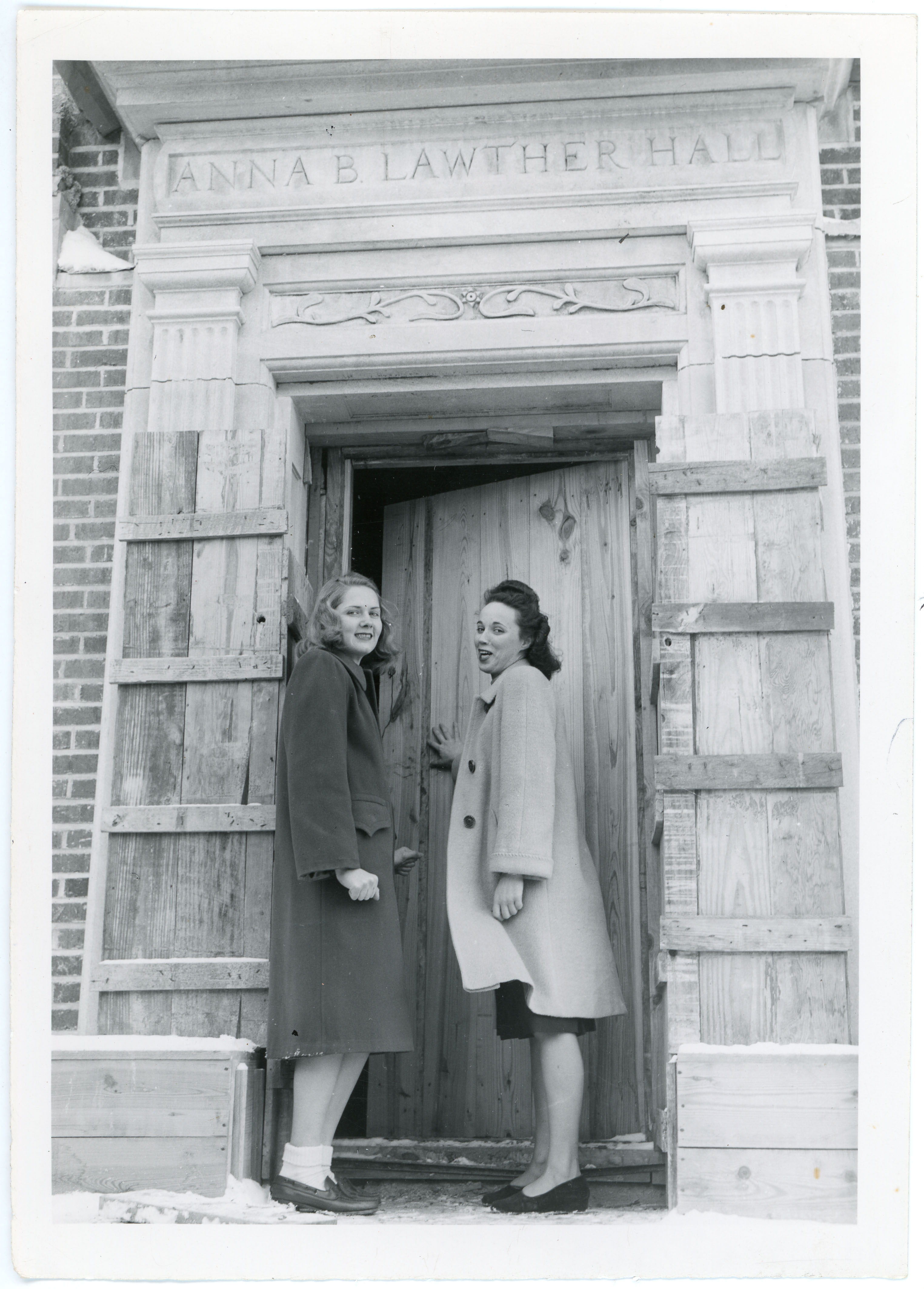
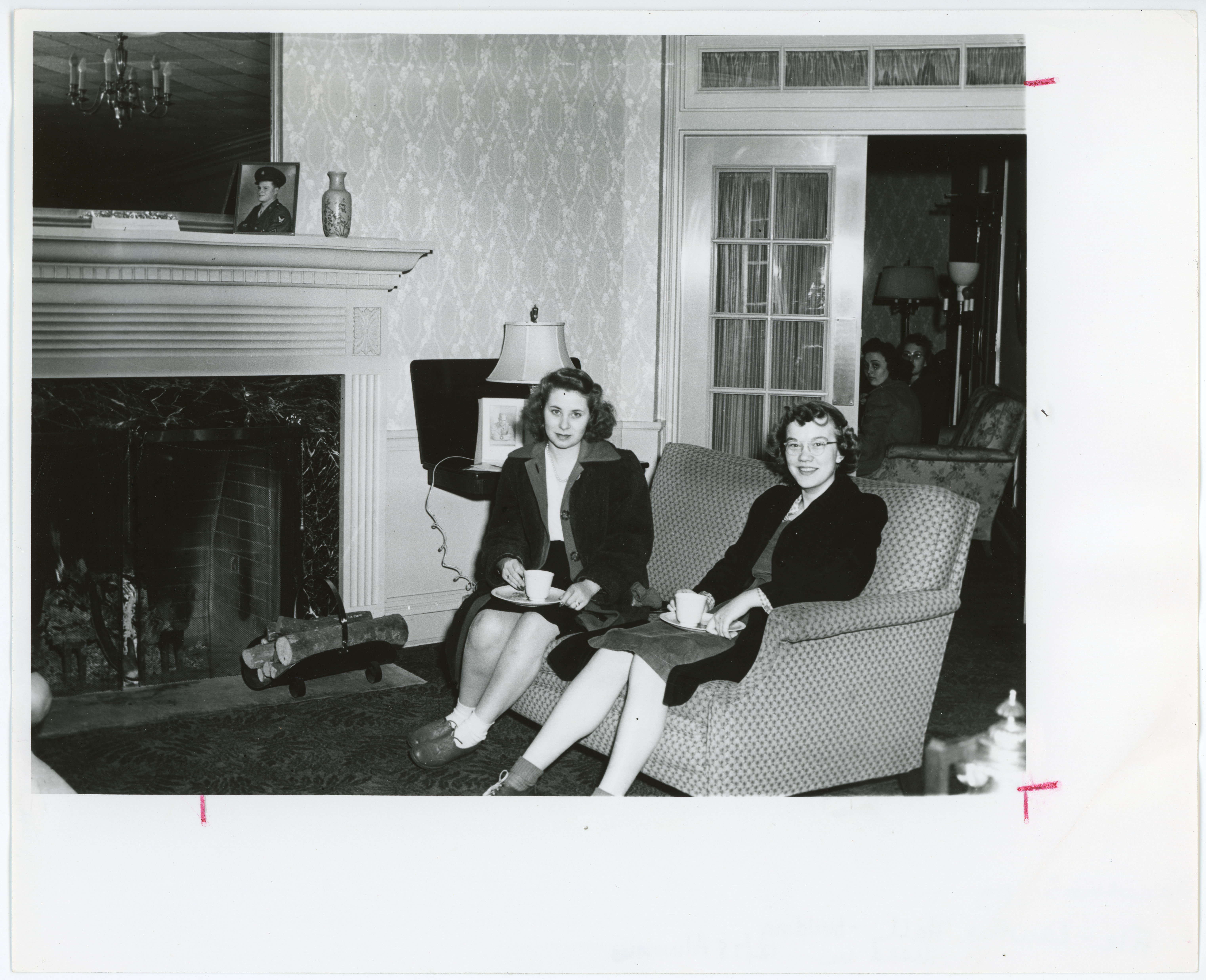
The new dormitory, called successively The Addition to Bartlett Hall, The Residence Hall, and West Hall opened with an occupancy of 293 women for the summer 1940 term. Already in May, there had been a lottery for fall 1940 residents. Preference was given to upperclassmen. Even though sidewalks were not yet installed, the college held a series of open houses at the new building on May 9 and 11 and June 2 for various interested groups. College Eye reporter Betty Burley was impressed by her tour. She described the lobby and three spacious entertainment rooms: one for residents and visitors and the other two exclusively for residents. There was a well-furnished library and suites for the housekeeper, housemother, and director.
Burley went on to describe the student rooms at length: "Each student room has a chest of drawers, a desk and a bed for each person, a floor lamp with an ISTC crest, light colored drapes, a blanket with Iowa State Teachers College on it, and a bedspread. The spread and blankets are furnished in green, gold, and sand, enabling the student to choose the color to suit her taste. The lavatory has a place to hang towels at either side, and a glass shelf is above it. The medicine chest has a glass front with a light on either side. Each room has an easy chair upholstered in a harmonizing color. Each closet has several shelves, along with a rod and hooks on which to hang clothes. The light in the closet is turned on from the outside of the door, which has a Yale lock on it. The buzzer is on the same plate as the switch for the ceiling light. When the buzzer is sounded, the student pushes a button thereby signaling to the operator that she is in." Because dormitory telephones were located in public areas and not in individual rooms, this buzzer system was important to residents.
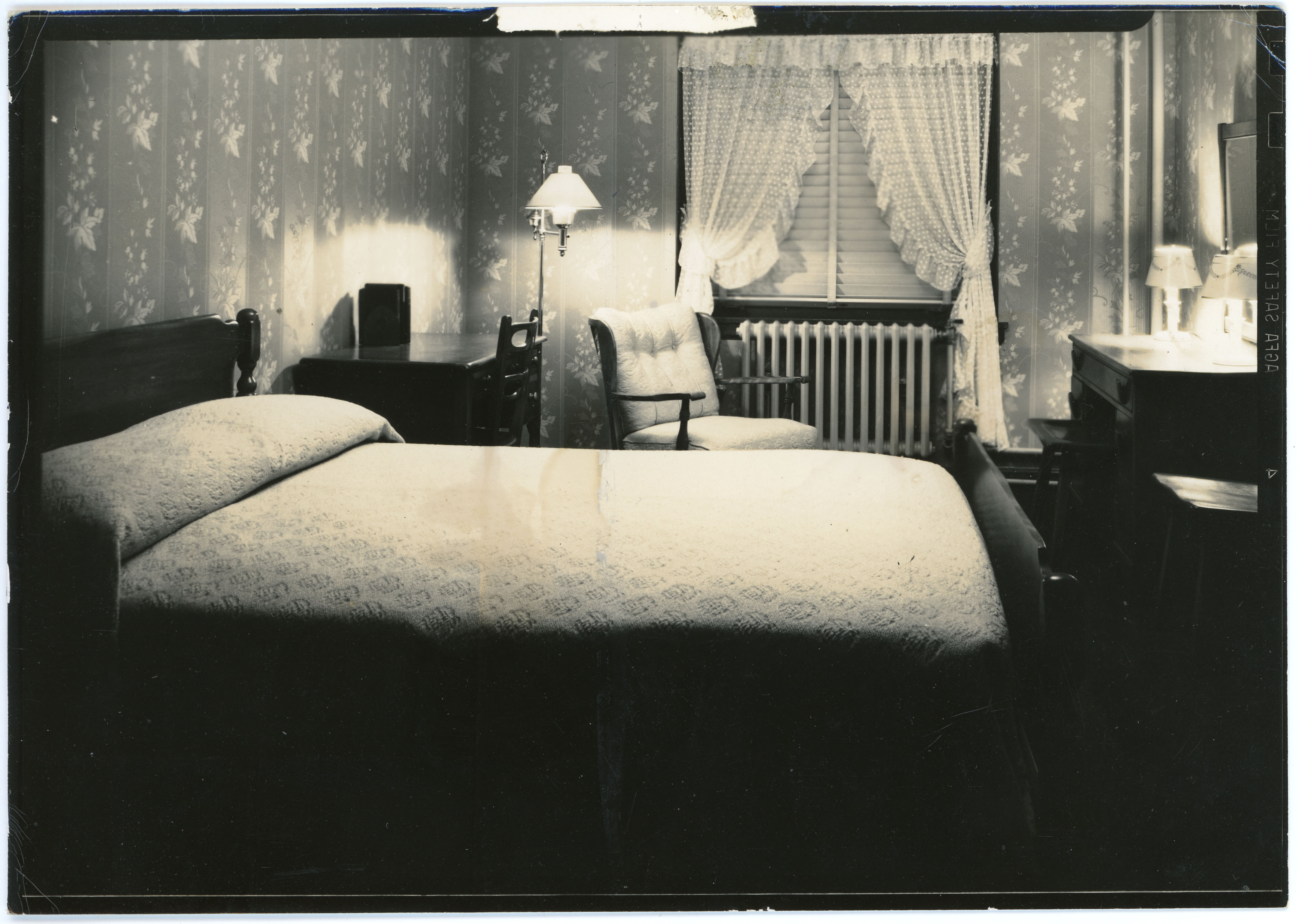
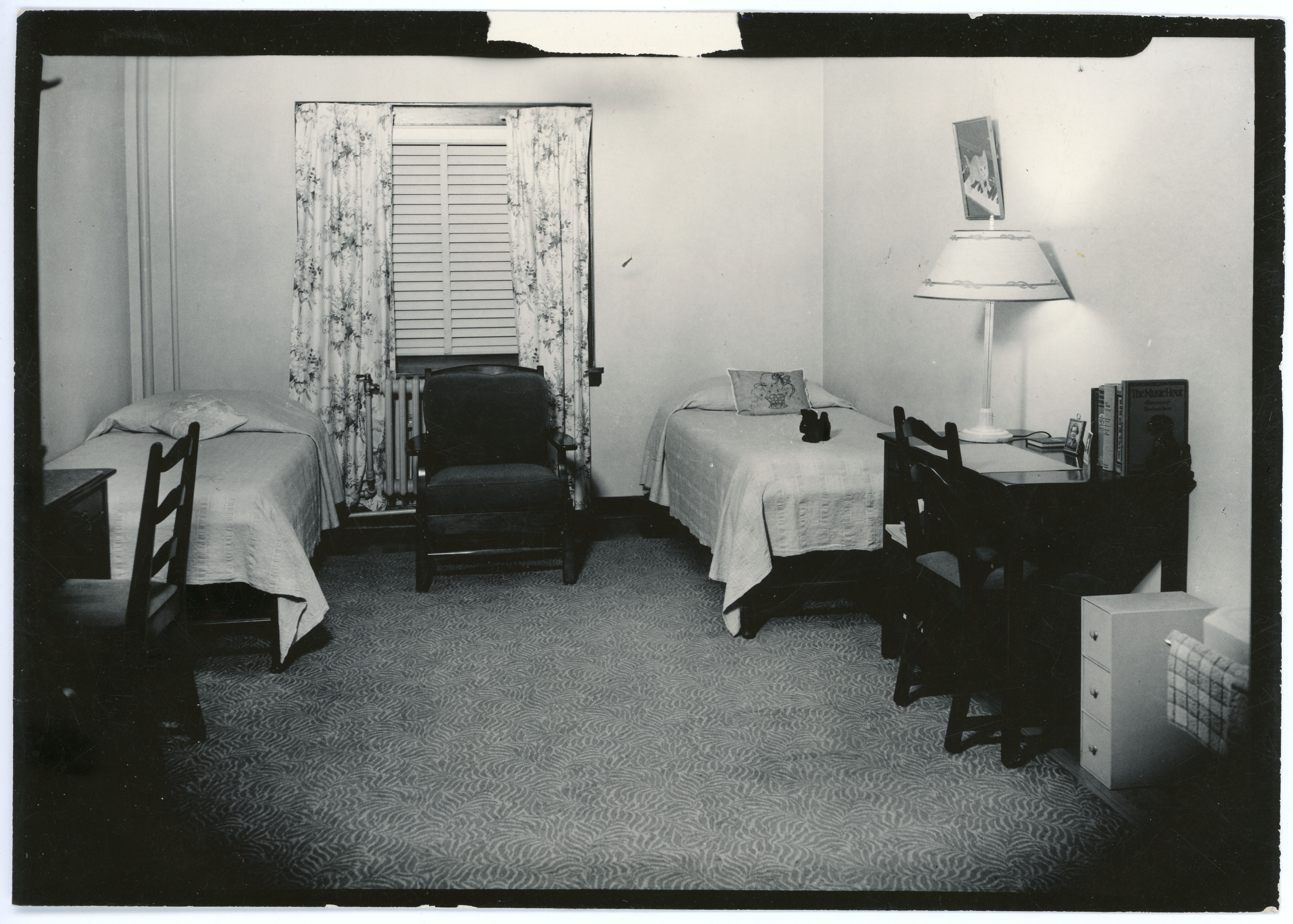
In June 1940, President Latham announced the building would be named in honor of Anna B. Lawther, who was the first woman appointed to the State Board of Education, the predecessor to the Board of Regents. She was appointed in 1921 and served for twenty years. Lawther was also active in the woman suffrage movement. In making the announcement, President Latham stated, "This name has been chosen in recognition of Miss Lawther's nearly twenty years of distinguished and devoted service as a member of the Iowa State Board of Education and because she possesses in such fullness those sterling and charming qualities which every young woman can well afford to emulate." Lawther enjoyed the honor and visited Lawther Hall a number of times following her retirement from the board in 1941.
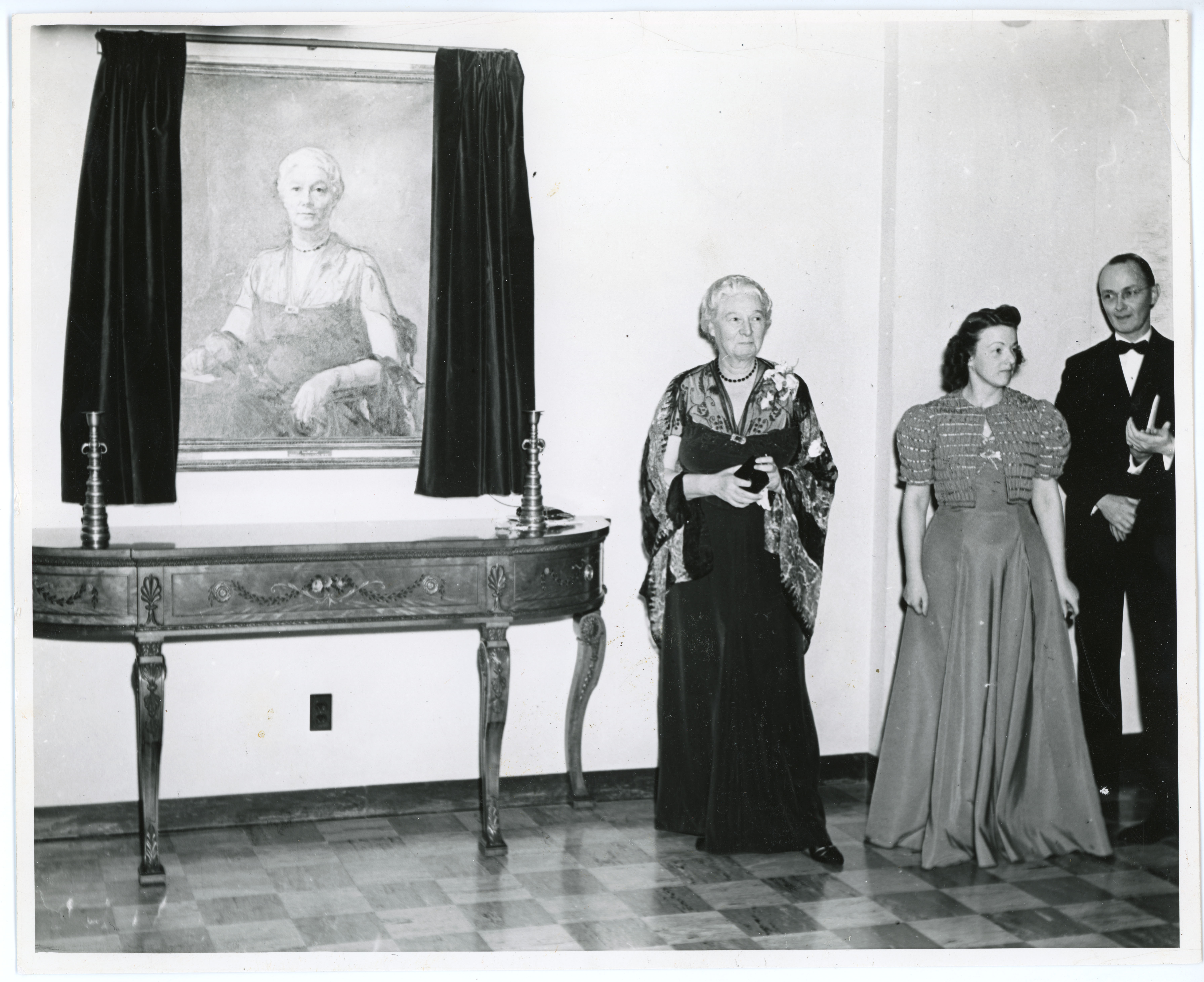
Beginning in December 1942, the Iowa State Teachers College hosted a training camp for US Navy WAVES. The WAVES would be housed in the “S.S. Bartlett,” meaning many of the Bartlett Hall women were crowded into Lawther Hall, usually four students in a room meant for two. Residence staff set up model "messy" and "neat" rooms to give women ideas about how to survive in the crowded conditions. They advised that "The girls will have to take home extra pictures of boy friends and families, toy animals, posters, and clothes that are worn once every three weeks before the winter quarter, if they expect to live conveniently and peacefully."
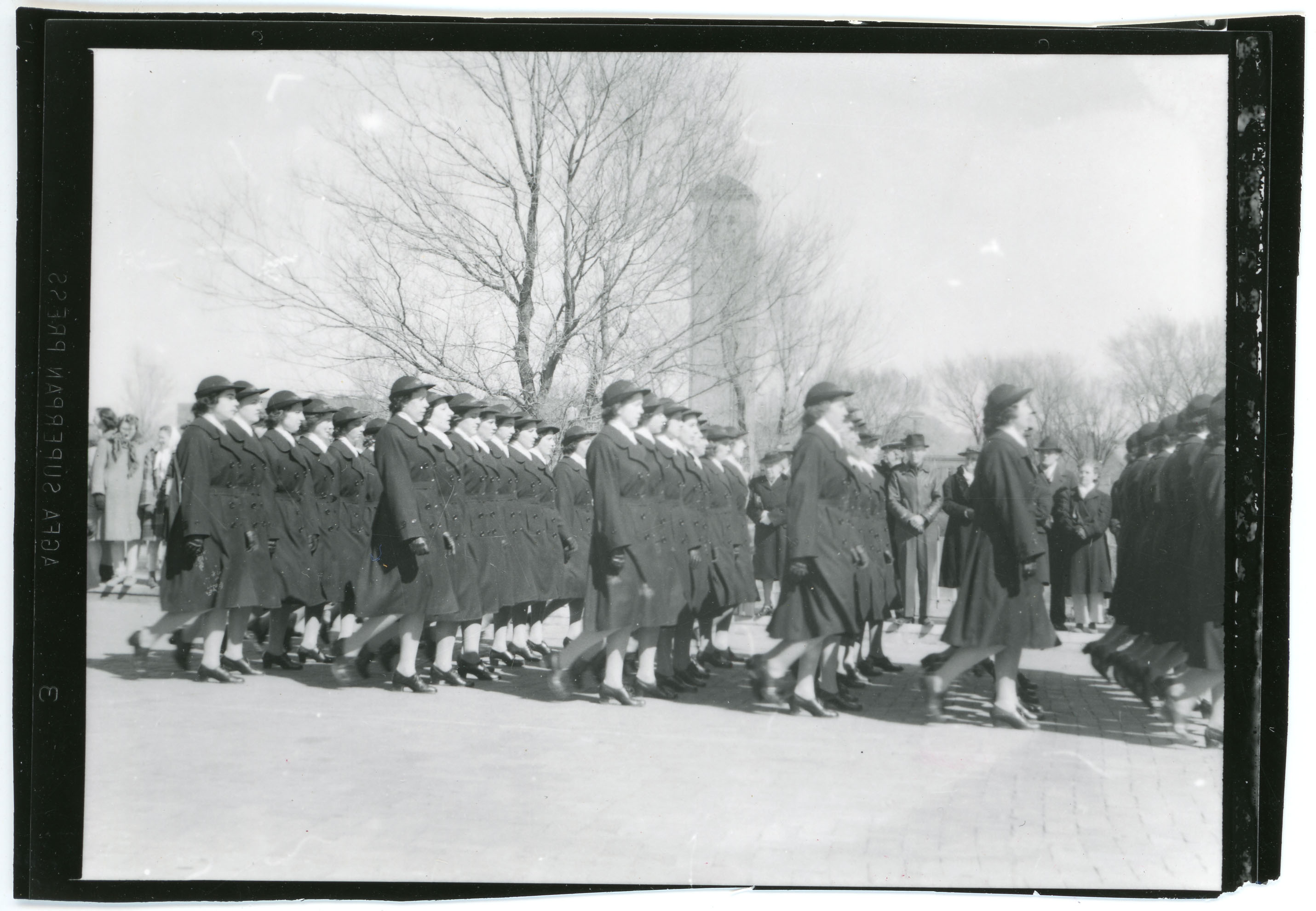
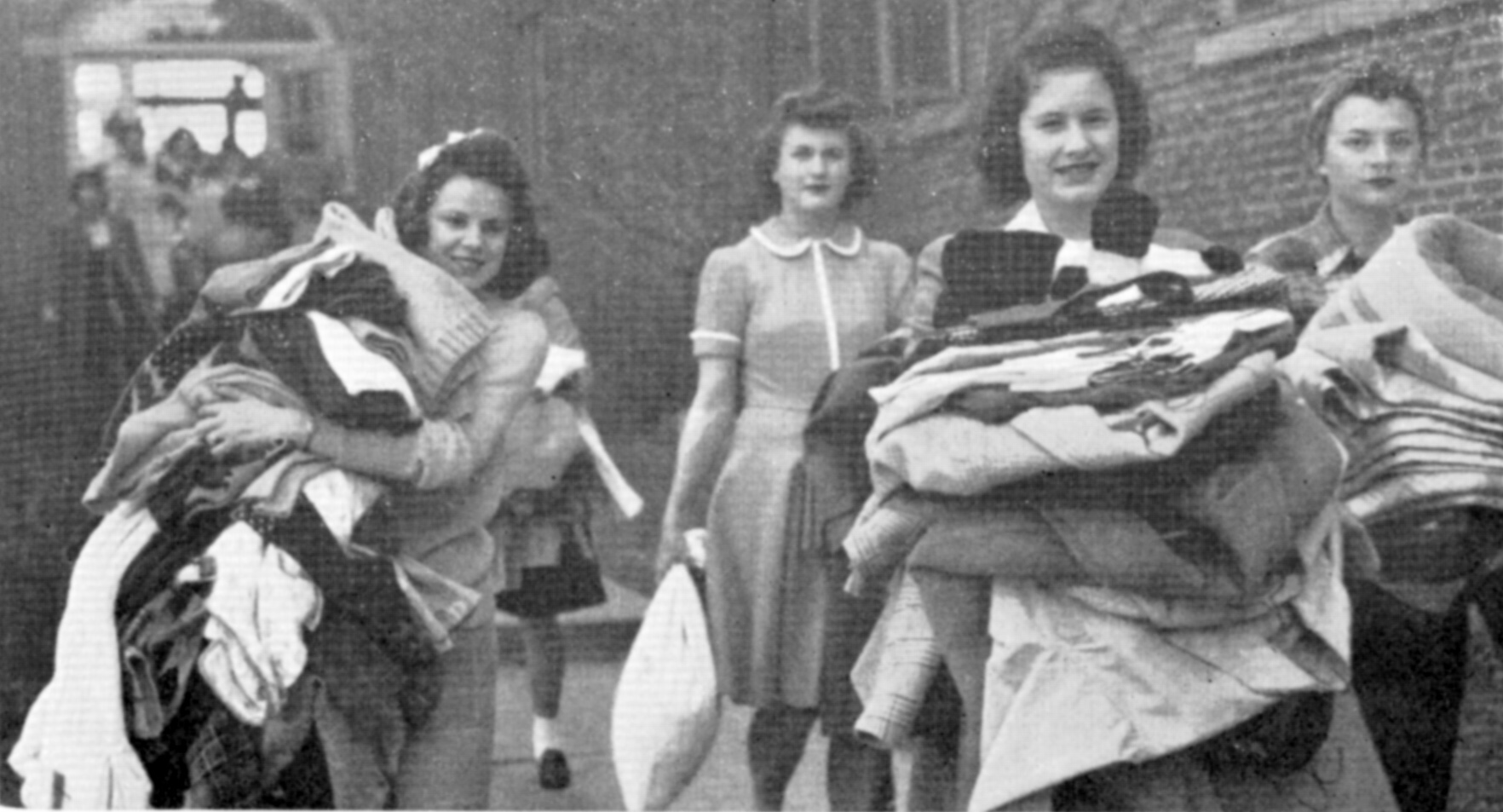
The women seemed to adjust well to the wartime emergency. While they found that studying and keeping their rooms neat could be difficult, the residents learned to cooperate and to think about others first. As the war neared its end and the WAVES detachment left campus, Bartlett Hall was again available for college students. After being closed for redecoration in the summer of 1945, Lawther Hall began its return to peacetime conditions in the fall term 1945.
The end of World War II also saw some women seeking what they believed were their due rights and privileges. For example, in 1945 and again in 1946, women sought the privilege of being able to smoke in their own dormitory rooms. College rules forbade this to women even though men could smoke in their dormitory facilities. In October 1946, college officials relented to the extent that women were allowed to smoke in certain designated recreation rooms in Bartlett and Lawther Halls but not in residents' own rooms. Not until 1951 did Associated Women Students, the women's governance unit, recommend that women be allowed to smoke in their own rooms in Lawther Hall. This recommendation went into effect in fall 1952.
In the fall of 1946, women were still housed three to a room in Lawther Hall. In June 1947, construction began on an addition to Lawther Hall. The addition, which cost $441,000, would house about two hundred additional students in 110 rooms. Wildes Construction Company of Waterloo was the general contractor for the addition, which would be built in the same style as the original building. Keffer and Jones of Des Moines, architects for the original building, also designed the addition. It was scheduled for completion on January 1, 1948.
With postwar construction supply shortages, the project did not progress as quickly as intended. In March 1948, the roof beams of the addition were joined to the beams of the original structure. This allowed interior work to move along more steadily.
The building addition was available for residents at the beginning of the fall term of 1948. However, conditions continued to be crowded in Lawther Hall even with the new addition. College enrollment grew in response to more rigorous standards for state teacher certification. Students needed to stay on campus longer in order to fulfill curricular requirements. Campbell Hall, the women's dormitory across 23rd Street from Lawther Hall, was supposed to have been ready in the fall of 1951 but was not ready until a full year later in the fall of 1952. Consequently, the women who had been assigned to Campbell Hall for the 1951-1952 year had to live in the east end of Lawther Hall that year. These women organized and lived as something of a dormitory within a dormitory, but conditions cannot have been pleasant. In 1970, Lawther Hall experimented with a limited closed-door visitation policy. Many residents appreciated the beginnings of more liberal living arrangements in the hall. By 1979, Lawther Hall residents had voted overwhelmingly in favor of a 24-hour visitation policy.
Over the years, rumors have circulated about ghosts in Lawther Hall, especially in the top floor. In the best-known version, "Augie" is thought to live in the attic and haunt the hall with noises and strange appearances. During the 1980s and early 1990s, residents recounted a number of instances in which they believed that they had encountered evidence of Augie's presence. At times, campus ghost hunters actually annoyed residents with their activities. For many years until safety regulations prohibited the practice, the women in Lawther Hall prepared a haunted house in the attic to entertain and scare visitors at Halloween. Lawther Hall has served as a residence hall for over eighty years and while it was once home to women only, it is now a living space open to all genders.
Compiled by Library Assistant Susan Witthoft and volunteer Julie Peterson; edited by University Archivist Gerald L. Peterson, July 1996; substantially revised by Gerald L. Peterson, with research assistance by Student Assistant Katherine Meyer and scanning by Library Assistant Gail Briddle, February 2004; last updated, January 14, 2015 (GP); photos and citations updated by Graduate Assistant Eliza Mussmann, February 1, 2023; edited by Graduate Intern, Marcea Seible, April 2025.








